Sourav Pan
Transcript
Hey everyone! Today we’re diving into the fascinating world of Euglena and their amazing eyespots. Let’s start by understanding what this incredible structure actually is.
The eyespot, also called a stigma, is a specialized organelle found in Euglena. Think of it as nature’s tiny light sensor that can detect both the intensity and direction of light.
Here we can see a detailed view of a Euglena cell. Notice the red eyespot near the front of the cell. This distinctive red-orange color comes from carotenoid pigments, and it’s positioned strategically near the front where it can best detect incoming light.
Think of the eyespot as a tiny GPS for light! Just like GPS helps you navigate to your destination, the eyespot helps Euglena navigate toward the best light conditions for photosynthesis.
This image perfectly demonstrates how the eyespot works in action. On the left, we see Euglena moving toward a flashlight beam – this is called positive phototaxis. On the right, it moves away from intense direct sunlight – negative phototaxis. The eyespot allows Euglena to find that perfect sweet spot of light intensity.
So to summarize, the Euglena eyespot is a sophisticated light-detection system that enables these remarkable single-celled organisms to find optimal conditions for survival and photosynthesis. It’s truly one of nature’s most elegant solutions for light navigation!
The eyespot in Euglena has one primary job: detecting light. Think of it as nature’s simplest eye, designed to sense where light is coming from and how bright it is.
Let’s see this in action. Here’s a Euglena with its distinctive red eyespot. When light hits this eyespot, it can determine exactly where that light is coming from.
This light detection ability enables something called phototaxis – the movement of an organism in response to light. Euglena can move toward light sources or away from them, depending on what they need.
But why is this light detection so important? The answer is photosynthesis. Euglena need light to make their own food through photosynthesis, just like plants do.
Without the eyespot, Euglena would be completely lost in the dark. They wouldn’t be able to find light sources, which means no photosynthesis, and ultimately, no survival.
Phototaxis is the key behavior that the eyespot enables in Euglena. This fascinating response allows these microscopic organisms to navigate their environment using light as their guide.
Phototaxis is the directional movement of an organism in response to light. For Euglena, this behavior is essential for survival and optimal functioning.
There are two main types of phototactic behavior. Positive phototaxis means the Euglena moves towards a light source, while negative phototaxis means it moves away from light.
This diagram perfectly illustrates both behaviors. On the left, we see Euglena exhibiting positive phototaxis by moving towards a gentle flashlight beam. On the right, the same organism shows negative phototaxis by moving away from intense direct sunlight.
Notice how the arrows show the direction of movement. The Euglena approaches moderate light but retreats from excessive brightness.
This behavior follows what we can call the Goldilocks principle. Just like Goldilocks needed porridge that was not too hot and not too cold, Euglena needs light that is not too dim and not too bright.
Too little light means the Euglena cannot perform photosynthesis efficiently and will lack the energy it needs to survive.
Too much light can actually damage the cellular components and harm the organism through overexposure.
But when the light is just right, Euglena can maximize photosynthesis while protecting itself from damage.
The eyespot and photoreceptor work together to detect light conditions, while the flagella respond to create the appropriate movement. This elegant system allows Euglena to find and maintain optimal environmental conditions.
This phototactic behavior is a perfect example of how even the simplest organisms have evolved sophisticated mechanisms to thrive in their environment.
Now let’s take a closer look at the eyespot structure itself. The eyespot is a fascinating microscopic structure with multiple specialized components working together.
The eyespot is strategically positioned near the front of the Euglena, close to a structure called the paraflagellar body. This location is crucial because it’s directly connected to the flagellum – the whip-like tail that propels the organism through water.
Let’s zoom in to see the eyespot structure in much greater detail. What we’ll discover is a complex assembly of specialized components, each playing a vital role in light detection.
The most visible feature of the eyespot is its distinctive orange-red color. This comes from specialized pigment granules called carotenoids. These aren’t just for show – they’re essential for the light detection process.
But carotenoids are just one part of the story. The eyespot contains photoreceptors – specialized proteins that actually capture and respond to light signals. These work alongside structural proteins that maintain the eyespot’s shape and organization.
The eyespot also contains metabolic enzymes and signaling molecules. These biochemical components process the light signals and help coordinate the cell’s response. It’s like a tiny biological computer, processing light information and sending instructions to other parts of the cell.
All these components work together as an integrated system. The carotenoids screen and filter light, the photoreceptors detect it, the enzymes process the signals, and the signaling molecules coordinate the response. This remarkable cooperation allows a single-celled organism to navigate its environment using light as a guide.
Carotenoids are the true stars of the Euglena eyespot. These remarkable orange-red pigments are what make light detection possible in these microscopic organisms.
Under a microscope, we can see these carotenoid pigments as the distinctive reddish-orange coloration in cellular structures. This color is the visual signature of carotenoids at work.
Carotenoids are complex organic molecules with a chain-like structure. This structure allows them to absorb specific wavelengths of light very efficiently.
Think of carotenoids as tiny antennas that are perfectly tuned to capture light energy. When light hits these molecules, they absorb the energy and begin the process of light detection.
In the eyespot, carotenoid pigments don’t work alone. They aggregate, or cluster together, around a central reservoir and photoreceptor crystal.
These carotenoid pigment granules surround the reservoir and photoreceptor crystal in a highly organized pattern. This arrangement makes the eyespot extremely sensitive to the direction that light is coming from.
The strategic positioning of carotenoid granules allows the eyespot to detect not just the presence of light, but also determine which direction the light is coming from. This directional sensitivity is crucial for Euglena’s survival.
The orange-red carotenoid pigments are truly the key ingredient that makes the Euglena eyespot function. Without these specialized light-absorbing molecules, Euglena would be unable to navigate toward optimal lighting conditions for photosynthesis.
The eyespot’s location within Euglena is absolutely crucial for its function. Just like in real estate, it’s all about location, location, location!
The eyespot is strategically positioned at the anterior end of the Euglena cell. This front-end placement is no accident – it’s perfectly designed for the organism’s survival needs.
Here we can see the red eyespot clearly visible at the front of the cell. This anterior positioning allows Euglena to sense light direction as it moves forward through its environment.
The eyespot is positioned near the paraflagellar body, or PFB. This close relationship is essential because it allows for rapid communication between light detection and flagellar movement control.
The photoreceptor proteins are embedded directly in the plasma membrane, positioned right over the pigmented granules. This layered arrangement is like a sophisticated light-sensing sandwich.
This precise positioning ensures that Euglena can efficiently detect and react to light stimuli. The anterior location means the eyespot is the first part of the cell to encounter new light conditions as the organism moves.
The key takeaway is that the eyespot’s strategic anterior positioning, combined with its precise membrane arrangement, creates an optimal system for light detection and rapid response. Location truly is everything for this remarkable cellular structure.
Scientists have discovered that not all eyespots are the same. They classify eyespots into five distinct types, labeled A through E, each with unique structural features and cellular associations.
Each type represents a different way that eyespots are organized within the cell, particularly how they relate to chloroplasts and flagella.
Type A eyespots are fully integrated into the chloroplast structure and have no association with flagella. Think of them as built-in light sensors within the photosynthetic machinery.
Type B eyespots are located within the chloroplast but are not connected to swollen flagella. These are found in several algae classes including Chrysophyceae and Xanthophyceae.
Type C eyespots consist of independent clusters of osmophilic granules. These granules are specialized structures that interact with light. This type is characteristic of the Euglenophyceae class.
Type D eyespots are particularly important because this is the type found in Euglena. They contain both osmophilic granules and complex membranous structures, and predominantly contain flavoproteins.
Type E eyespots represent the largest category. They feature globules that are associated with flagella but remain independent of the chloroplast structure.
Here we can see a detailed diagram of a Euglena cell, clearly showing the red eyespot structure that represents the Type D classification we just discussed.
This more detailed diagram shows the complete Euglena structure, including the stigma or eyespot, along with other cellular components that work together in this remarkable single-celled organism.
Understanding these five eyespot types helps us appreciate the diversity of light-sensing mechanisms in microscopic life. Each type represents a different evolutionary solution to the same fundamental challenge: detecting and responding to light effectively.
Euglena possess a specific type of eyespot called Type D, which has unique characteristics that set it apart from other eyespot classifications.
Here we can see the Type D eyespot in Euglena, located near the anterior end of the cell. This red-orange structure is what we’ll be examining in detail.
The Type D eyespot is distinguished by its high concentration of flavoproteins. These specialized proteins are the key components that make this eyespot type so effective.
Unlike other eyespot types, Type D eyespots have a complex internal structure with these flavoproteins arranged in a specific pattern that optimizes light detection capabilities.
Flavoproteins are specialized proteins that contain flavin molecules as their active components. These proteins are crucial for detecting light signals and converting them into cellular responses.
In Type D eyespots, these flavoproteins perform multiple critical functions including light signal detection, signal transduction, and photoreceptor activation.
The Type D eyespot structure provides Euglena with a significant survival advantage. The high concentration of flavoproteins allows for rapid and precise responses to changing light conditions.
This efficient light detection system is essential for Euglena’s survival, helping them find optimal conditions for photosynthesis and avoid harmful light levels.
So, how does the eyespot actually work? The mechanism involves two key processes: light perception and signal transduction. Let’s break this down step by step.
First, let’s understand light perception. The eyespot contains special photosensory pigments that are specifically activated by blue light. These pigments act like molecular switches.
When blue light hits these pigments, it triggers a signal transduction pathway. This is similar to how vision works in more complex organisms. Let’s look at a general signal transduction process.
In Euglena, when blue light activates the photosensory pigments, it starts a specific chemical cascade. The activated pigments trigger the production of chemical messengers that will ultimately control flagellar movement.
The final step connects the chemical signals to flagellar movement. The chemical messengers produced by the eyespot directly influence how the flagellum beats, controlling the direction and speed of movement.
To summarize: the eyespot mechanism works through light perception by photosensory pigments, followed by signal transduction that converts light signals into chemical signals, which then control flagellar movement. This elegant system allows Euglena to navigate toward optimal light conditions.
Blue light is the magic ingredient that activates the Euglena eyespot! Unlike other colors of light, blue light has the specific wavelength and energy needed to trigger the eyespot’s photosensory system.
When blue light hits the Euglena’s eyespot, it specifically activates photosensory pigments located within this red-colored organelle. These pigments are like molecular switches that only respond to blue light wavelengths.
Blue light rays travel through the water and strike the eyespot. The photosensory pigments within the eyespot are specifically tuned to absorb blue light photons, making this the optimal wavelength for Euglena’s light detection system.
Inside the eyespot, blue light activates photosensitive adenylate cyclase. This is a special enzyme that acts like a molecular machine, converting the energy from blue light photons into chemical activity within the cell.
When blue light photons strike the photosensory pigments, they cause a conformational change that activates the adenylate cyclase enzyme. This activation is the crucial first step in converting light energy into a chemical signal that the Euglena cell can understand and respond to.
This blue light activation of adenylate cyclase represents the very first step in the eyespot’s signal transduction pathway. It’s the moment when light energy is converted into chemical activity, setting off a cascade of cellular responses that will ultimately control the Euglena’s movement toward or away from light sources.
When blue light hits the Euglena eyespot, something remarkable happens. The light signal must be converted into a chemical signal that the cell can understand and act upon.
This conversion process is called signal transduction. The key enzyme responsible for this transformation is adenylate cyclase, which converts ATP into cyclic AMP.
Let’s break down this process step by step. First, blue light activates the photoreceptor, which then activates adenylate cyclase enzyme.
Next, the activated adenylate cyclase converts ATP, the cell’s energy currency, into cyclic AMP or cAMP. This is a crucial step in the signal transduction process.
cAMP acts as a secondary messenger, carrying the signal throughout the cell. This small molecule triggers a cascade of chemical reactions that ultimately change how the flagella move.
The result is phototaxis – the directed movement of Euglena toward or away from light. This entire process, from light detection to movement, happens through this elegant signal transduction pathway.
Now we reach a crucial step in the eyespot signaling process: cAMP, or cyclic adenosine monophosphate. This molecule acts as the secondary messenger that bridges the gap between light detection and flagellar movement.
cAMP is a small but powerful signaling molecule. When the eyespot detects light, it doesn’t directly control the flagellum. Instead, it produces cAMP, which then carries the message throughout the cell.
Here’s how the signaling pathway works. The cell signaling process involves multiple steps, with cAMP serving as the critical secondary messenger that amplifies and transmits the original light signal.
When blue light activates the photoreceptor in the eyespot, it triggers the enzyme adenylyl cyclase. This enzyme converts ATP into cAMP, creating a burst of secondary messenger molecules.
The newly formed cAMP molecules act like cellular messengers. They spread throughout the cell, carrying the light signal from the eyespot to the flagellum. This amplifies the original signal, making the response much stronger.
The cAMP molecules reach the flagellum and bind to specific proteins that control flagellar movement. This changes how the flagellum beats, determining whether the Euglena moves toward or away from the light source.
The key takeaway is that cAMP serves as the crucial link in the phototaxis chain. Without this secondary messenger, the eyespot’s light detection would be useless – it’s cAMP that translates the light signal into actual movement, allowing Euglena to navigate toward optimal conditions for photosynthesis.
The eyespot’s ultimate goal is to control the flagellum. This tiny whip-like structure is what actually moves the Euglena through the water.
The process works like a chain reaction. The eyespot detects light, sends a chemical signal, and this signal directly influences how the flagellum moves.
Here we see a simplified Euglena with its eyespot in red and its flagellum in blue. The flagellum extends from the front of the cell.
The flagellum doesn’t just move randomly. It follows specific beat patterns that can be changed based on signals from the eyespot.
For normal forward swimming, the flagellum beats in a regular wave pattern, like a tiny whip moving through the water.
When the eyespot detects light from a different direction, it changes the flagellar beat pattern to create turning motion.
The flagellum acts like a tiny propeller, pushing or pulling the Euglena through the water. The direction depends on the beat pattern.
When the flagellum beats, it pushes water backward, which propels the Euglena forward. This is Newton’s third law in action at the microscopic level.
The complete control system works in four steps. First, the eyespot detects light. Then it processes this information into chemical signals.
These signals control the flagellar beat patterns, which finally results in directed movement toward optimal light conditions.
This precise control of flagellar movement is essential for Euglena’s survival. It allows the organism to find the perfect light conditions for photosynthesis, ensuring it can produce the energy it needs to live.
In summary, the eyespot acts as the brain, the chemical signals act as the nervous system, and the flagellum acts as the motor that drives Euglena toward the light it needs for survival.
The eyespot in Euglena serves a crucial function that goes beyond simple light detection. Its primary role is to help Euglena optimize conditions for photosynthesis, ensuring the organism can produce the energy it needs to survive.
Looking at the Euglena structure, we can see the eyespot, also called the stigma, positioned near the front of the cell. This strategic location allows it to act like a biological compass, constantly sensing light conditions in the environment.
The eyespot enables Euglena to exhibit sophisticated light-seeking behavior. It moves toward moderate light sources like a flashlight, but moves away from excessive brightness like direct sunlight. This behavior helps it find the sweet spot for photosynthesis.
Think of the eyespot as a built-in solar panel optimizer. Just like solar panels need to be positioned correctly to capture the most sunlight, Euglena uses its eyespot to find the perfect lighting conditions for maximum energy production through photosynthesis.
The connection to photosynthesis is critical. The right light intensity ensures efficient energy production, while too little light means insufficient energy for survival. Too much light can actually damage the cellular machinery. The eyespot helps Euglena find that perfect balance.
The key takeaway is that the eyespot serves as Euglena’s survival tool, ensuring optimal photosynthesis for energy production and growth. It creates a simple but effective pathway from light detection to energy optimization, making it essential for the organism’s survival.
Photoreception is the fundamental process that allows Euglena to capture and process incoming light. This remarkable ability transforms light energy into usable signals that guide the organism’s behavior.
The eyespot acts like a biological light sensor, positioned strategically at the front of the Euglena cell. Let’s examine how this specialized structure is perfectly designed for capturing light.
When light hits the eyespot, a sophisticated capture mechanism begins. The carotenoid pigments act like tiny antennas, absorbing specific wavelengths of light and channeling this energy to photoreceptor proteins.
The captured light energy must be converted into chemical signals that the cell can understand and respond to. This conversion process involves specialized photoreceptor proteins that change their shape when activated by light.
This photoreception process is absolutely critical for Euglena’s survival. Without the ability to detect and respond to light, Euglena couldn’t perform photosynthesis effectively or navigate to optimal environments.
In summary, photoreception is the foundation of the eyespot’s function. It transforms light into actionable information, enabling Euglena to thrive in its aquatic environment through precise light detection and response.
The eyespot’s ability to guide Euglena movement depends on sophisticated communication between photoreceptors and flagella. This signaling network is what makes light-guided behavior possible.
When light hits the photoreceptors in the eyespot, they immediately begin detecting the light’s intensity and direction. This detection is the first step in the communication process.
Once the photoreceptors detect light, they generate chemical signals that travel through the cell. This signal transmission is crucial for coordinating the organism’s response to light.
The flagella receive these chemical signals and respond by changing their beating patterns. This response allows Euglena to move toward or away from light sources as needed.
This communication system creates a coordinated navigation process. The eyespot and flagella work together as a team, allowing Euglena to effectively navigate their environment toward optimal light conditions.
The efficiency of this signaling system determines how quickly and accurately Euglena can respond to changes in their light environment. This rapid communication is essential for survival and optimal photosynthesis.
Through this sophisticated signaling network, Euglena can detect light sources and navigate toward them with remarkable precision. The photoreceptors and flagella work as an integrated system, making light-guided behavior possible.
Recent scientific research has revealed fascinating new insights about how different organisms use carotenoids for phototaxis. These discoveries are helping us understand the molecular mechanisms behind light-guided behavior in microscopic life.
Scientists have discovered that carotenoids are absolutely essential for triggering phototaxis in microorganisms. Different species use different types of carotenoids, and these differences are teaching us how phototaxis mechanisms evolved over time.
Euglena gracilis, one of the most studied species, relies specifically on zeaxanthin for its phototactic behavior. This yellow carotenoid pigment is essential for stable eyespot formation and proper light-guided movement.
In contrast, Chlamydomonas reinhardtii uses beta-carotene, an orange carotenoid with a different molecular structure. Despite using different carotenoids, both organisms achieve the same result: effective phototaxis.
Understanding these carotenoid differences is crucial for several reasons. It shows us the evolutionary diversity in phototaxis mechanisms, reveals that multiple molecular pathways can achieve the same function, and helps scientists identify which components are essential versus which are variable.
The key takeaways from this recent research are clear: carotenoids are absolutely essential for phototaxis, but different organisms have evolved to use different carotenoid molecules. This research is opening new doors to understanding how life has evolved diverse solutions to the same fundamental challenge of finding light.
Modern scientists are revolutionizing our understanding of the Euglena eyespot through cutting-edge genome editing techniques. These powerful tools allow researchers to manipulate the very genes that control carotenoid production.
The eyespot, shown here in red, contains carotenoid pigments that are essential for light detection. By editing the genes responsible for carotenoid biosynthesis, scientists can study how these pigments affect the eyespot’s function.
Genome editing techniques like CRISPR allow scientists to precisely modify specific genes in the Euglena genome. They can target genes involved in carotenoid biosynthesis, the pathway that produces the pigments essential for eyespot function.
Scientists can target specific genes in the carotenoid biosynthesis pathway. By knocking out or modifying these genes, they can reduce or eliminate carotenoid production, allowing them to study how this affects the eyespot’s ability to detect light.
This research reveals crucial insights about carotenoids’ role in phototaxis. When carotenoid production is reduced through gene editing, the eyespot becomes less functional, and the organism shows weaker light-seeking behavior.
Genome editing research on Euglena eyespots is opening new doors in biotechnology and fundamental biology. Scientists can now precisely study how specific genes control light detection, leading to better understanding of photoreception and potential applications in biotechnology.
This cutting-edge research demonstrates how modern molecular tools are revolutionizing our understanding of even the simplest biological systems, revealing the intricate genetic mechanisms that control fundamental cellular behaviors.
During cell division, Euglena undergoes a remarkable regeneration process. Live cell imaging has revealed how the eyespot and flagellum are completely rebuilt for each new generation.
As cell division begins, something fascinating happens. The existing eyespot and flagellum don’t simply split in half. Instead, they are completely degraded and broken down.
The carotenoid pigments that give the eyespot its characteristic orange-red color are also decomposed during this process. These valuable molecules are recycled for the formation of new eyespots.
Now comes the remarkable regeneration phase. The cell must create two complete sets of eyespots and flagella – one for each daughter cell that will result from division.
The regeneration process creates brand new eyespots and flagella for both daughter cells. Each new eyespot contains freshly synthesized carotenoid pigments, ensuring optimal light detection capability.
This regeneration process is absolutely crucial for maintaining the Euglena population. Without it, daughter cells would lack the ability to detect light and perform phototaxis, which is essential for their survival and photosynthesis.
Live cell imaging technology has allowed scientists to observe this dynamic process in real time, revealing the sophisticated cellular machinery that ensures each new generation of Euglena maintains its remarkable light-sensing capabilities.
Scientists have made a crucial discovery about how Euglena detects light. The photoreceptor in Euglena has been identified as a blue-light-activated adenylyl cyclase enzyme.
To understand this discovery, we need to look at where this photoreceptor is located within the Euglena cell structure.
The key breakthrough was identifying this photoreceptor as an adenylyl cyclase enzyme that specifically responds to blue light wavelengths.
When blue light activates the adenylyl cyclase, it triggers a crucial biochemical process that converts light energy into chemical signals.
This discovery was significant because it revealed the molecular mechanism behind Euglena’s ability to detect and respond to light stimuli.
The adenylyl cyclase converts light signals into chemical signals that ultimately control flagellar movement, allowing Euglena to navigate toward optimal light conditions for photosynthesis.
Let’s recap the key concepts that are fundamental to understanding how the Euglena eyespot works. First, we have phototaxis – which is the directional movement of an organism in response to light.
Phototaxis can be positive, meaning movement toward the light source, or negative, meaning movement away from light. Here we see an example of positive phototaxis.
In negative phototaxis, the organism moves away from the light source. This behavior helps organisms avoid potentially harmful intense light.
The second key concept is photoreception – the process by which organisms detect light stimuli. This is the sensory mechanism that makes phototaxis possible.
Photoreception can range from simple light-sensitive spots to complex eyes with specialized photoreceptor cells like rods and cones found in vertebrates.
In Euglena, photoreception occurs through a much simpler structure – the eyespot. This simple photoreceptive organelle detects light and triggers the appropriate phototactic response.
These two concepts work together seamlessly. The eyespot performs photoreception by detecting light, and this information triggers phototaxis – the directional movement that helps Euglena find optimal light conditions for photosynthesis.
Remember these key takeaways: Phototaxis can be either positive toward light or negative away from light. Photoreception is the sensory process that detects light stimuli. Together, they allow Euglena to navigate toward optimal light conditions for survival and photosynthesis.
Euglena research is opening exciting new possibilities in biotechnology and commercial applications. Scientists are discovering that these tiny organisms could revolutionize both energy production and human health.
One of the most promising applications is biofuel production. Euglena can produce oils and lipids that can be converted into biodiesel. Unlike traditional biofuels from crops, Euglena doesn’t compete with food production and can grow in various conditions.
Euglena is also making waves in the health supplement industry. Rich in proteins, vitamins, and essential amino acids, Euglena supplements are already commercially available. They provide complete nutrition and may boost immune function.
Genetic engineering is taking Euglena research to the next level. Scientists are modifying Euglena’s genes to improve photosynthesis efficiency, making them even better at converting sunlight into useful compounds.
Research into carotenoid biosynthesis is particularly exciting. Euglena produces valuable carotenoids like zeaxanthin, which are important for eye health and have antioxidant properties. These compounds are expensive to produce synthetically but Euglena could make them more affordable.
These applications all stem from understanding Euglena’s unique biology, including their eyespot function. As we learn more about how these organisms work, we unlock new possibilities for sustainable technology and human health.
The future of Euglena research looks bright. From renewable energy to nutritional supplements, these microscopic organisms could play a major role in addressing global challenges while providing new commercial opportunities.
Experts around the world consider the Euglena eyespot to be the simplest and most common eye found in nature. This remarkable consensus highlights just how fundamental this structure is to life on Earth.
Despite being found in single-celled organisms, this eyespot represents a sophisticated light detection system. It demonstrates how even the simplest life forms can sense and respond to their environment in remarkably complex ways.
Scientists have identified the Euglena photoreceptor as a blue-light-activated adenylyl cyclase. This specific enzyme is responsible for converting light signals into chemical signals that ultimately control the organism’s movement.
The Euglena eyespot is categorized as a Type-D eyespot, which predominantly contains flavoproteins. This classification is based on its unique structural features including osmophilic granules and specific membranous structures.
The key takeaway from expert opinions is that the Euglena eyespot perfectly demonstrates how simple appearance can mask complex function. This tiny structure proves that even the most basic biological components can perform remarkably sophisticated tasks, making it a testament to the elegance of evolutionary design.
Study Materials
Euglena Eyespot - Definition, Function, Types, Structure, Proteins
Comments 2
- Text Highlighting: Select any text in the post content to highlight it
- Text Annotation: Select text and add comments with annotations
- Comment Management: Edit or delete your own comments
- Highlight Management: Remove your own highlights
Start Asking Questions Cancel reply
Helpful: 0%
Related Videos
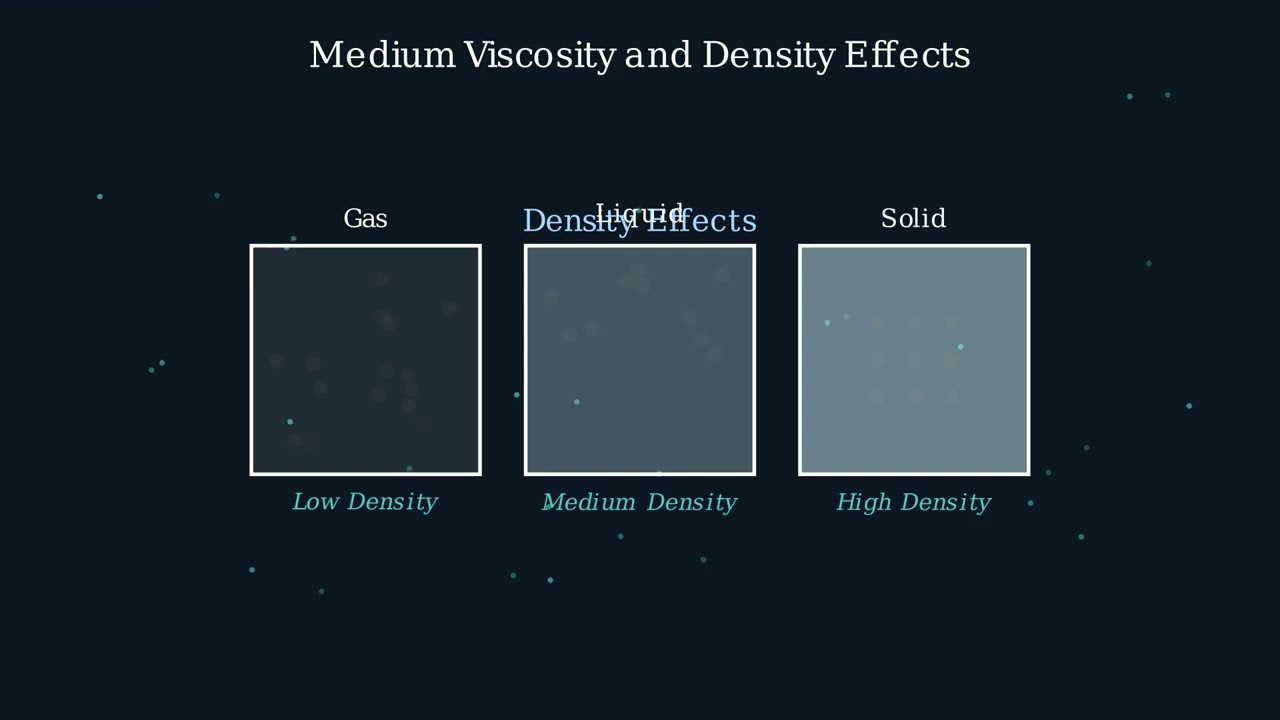


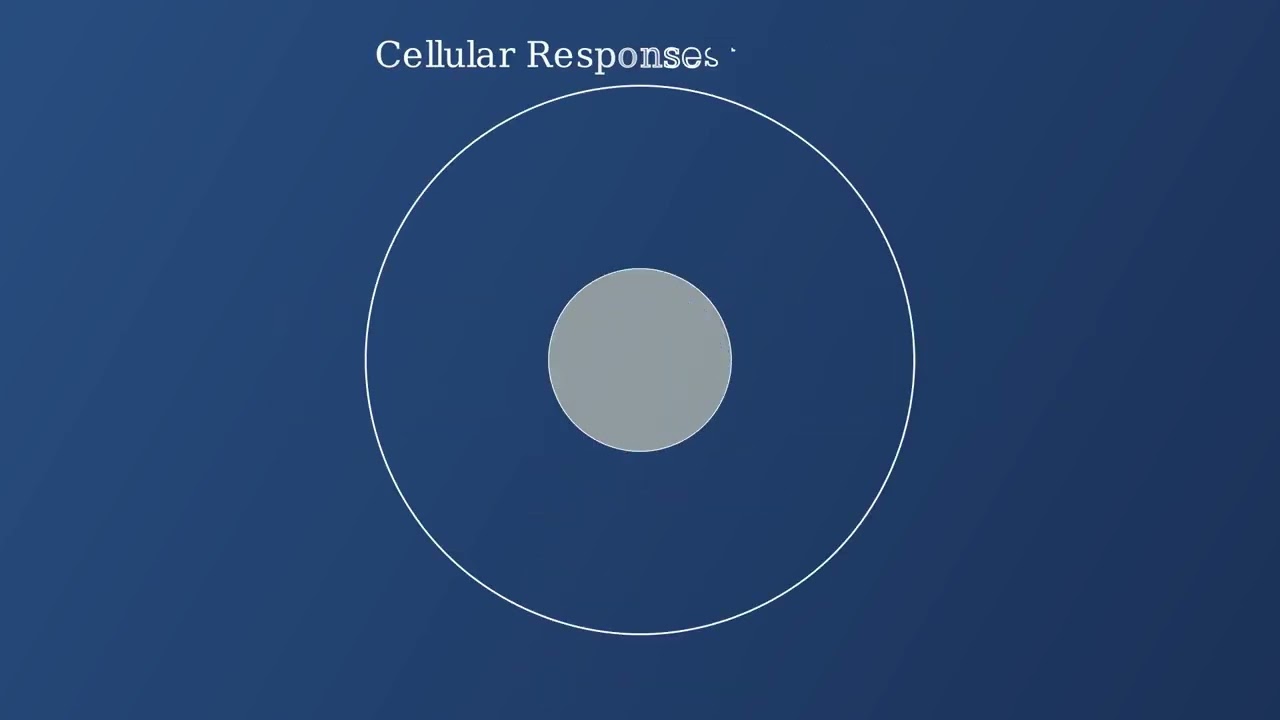
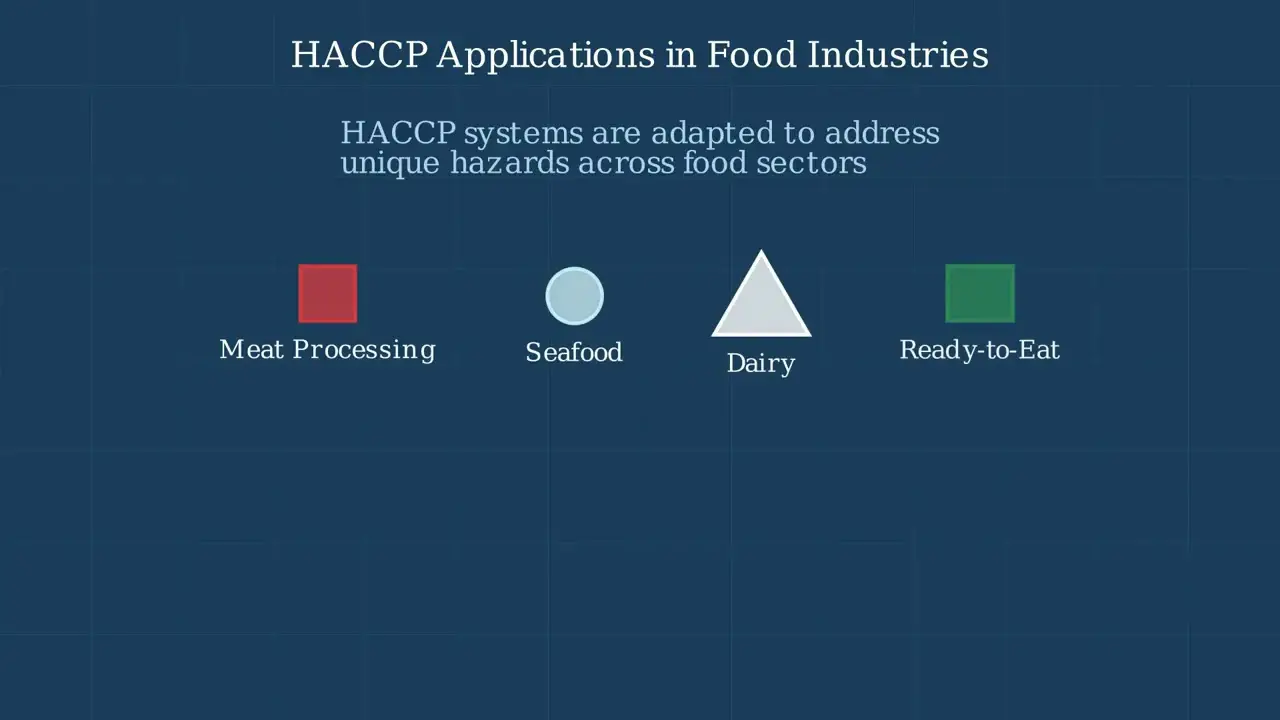
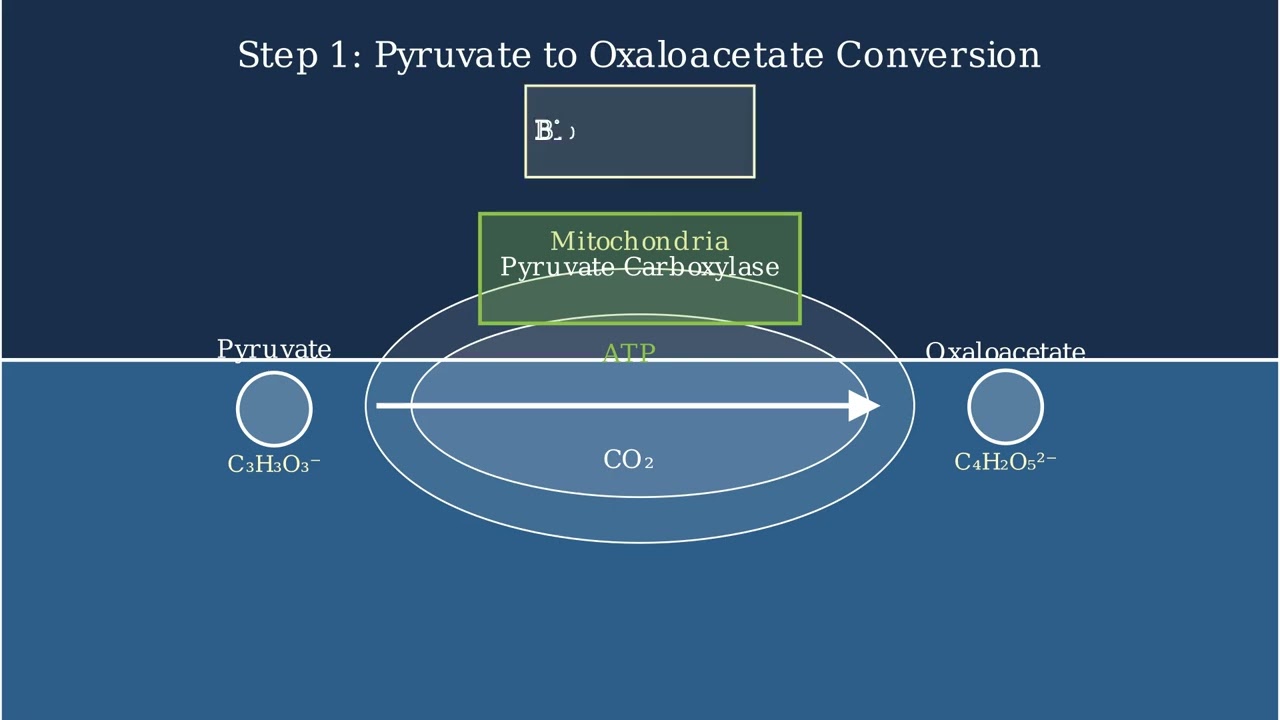

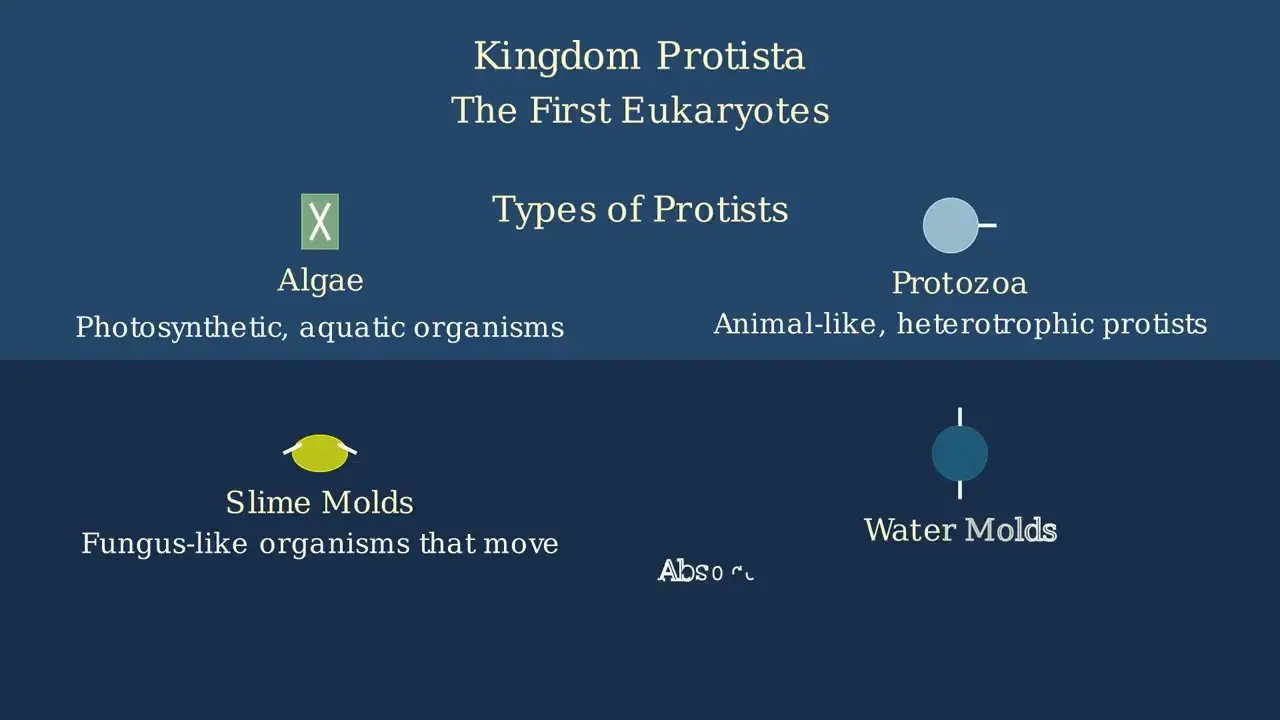
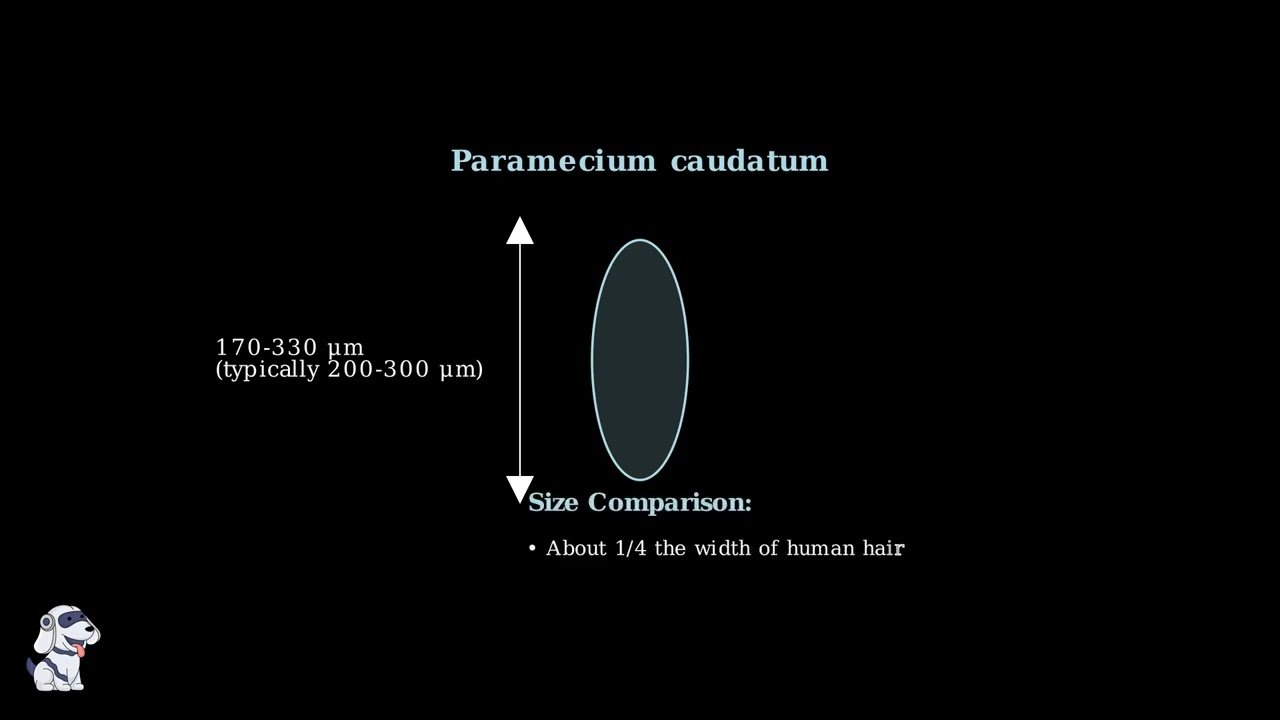
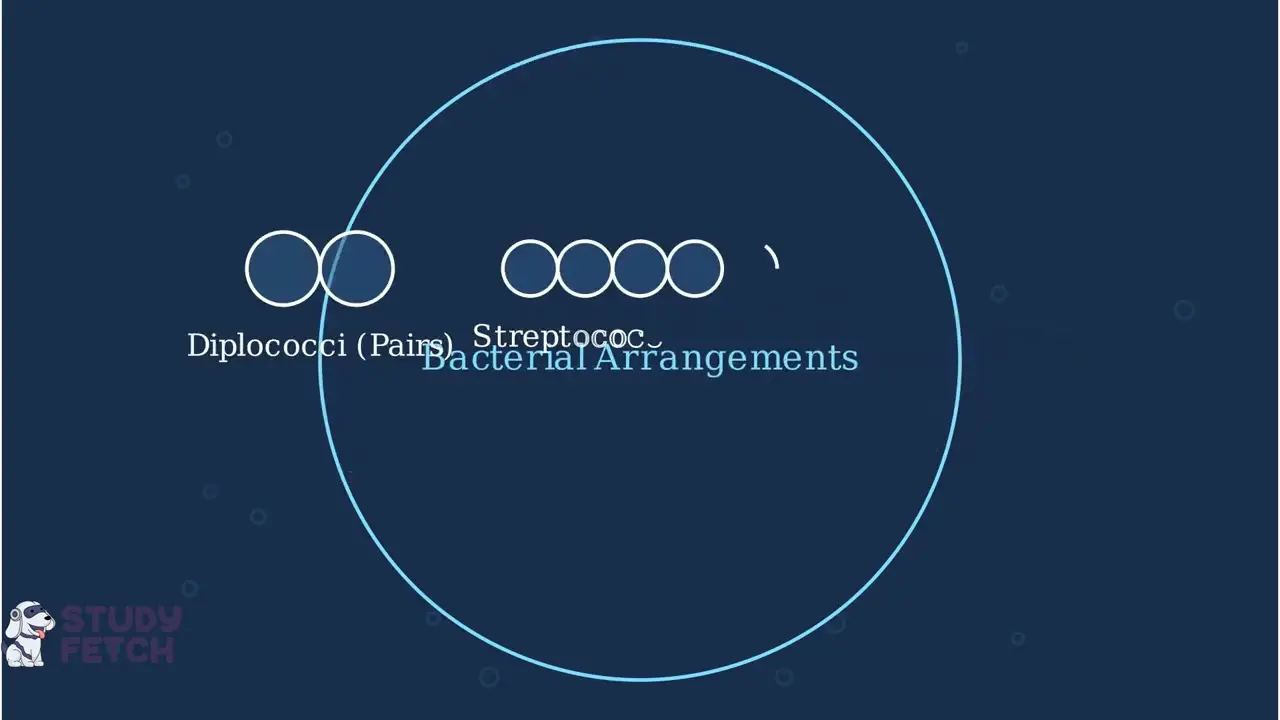
What organisms have eyespots?
Eyespots, or ocelli, are eye-like markings found in a diversity of organisms including lepidopterans (butterflies, moths, and skippers), reptiles, fish, birds, and cats.